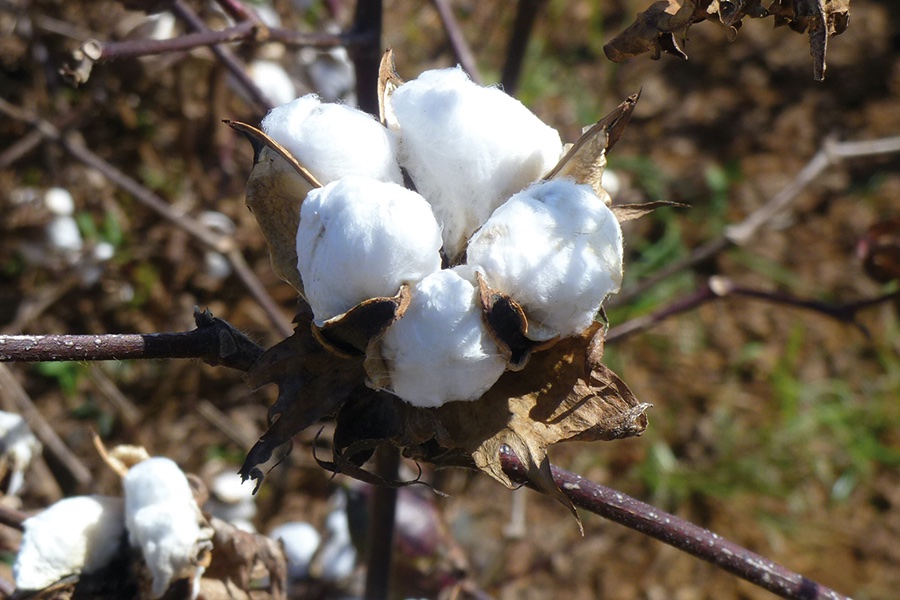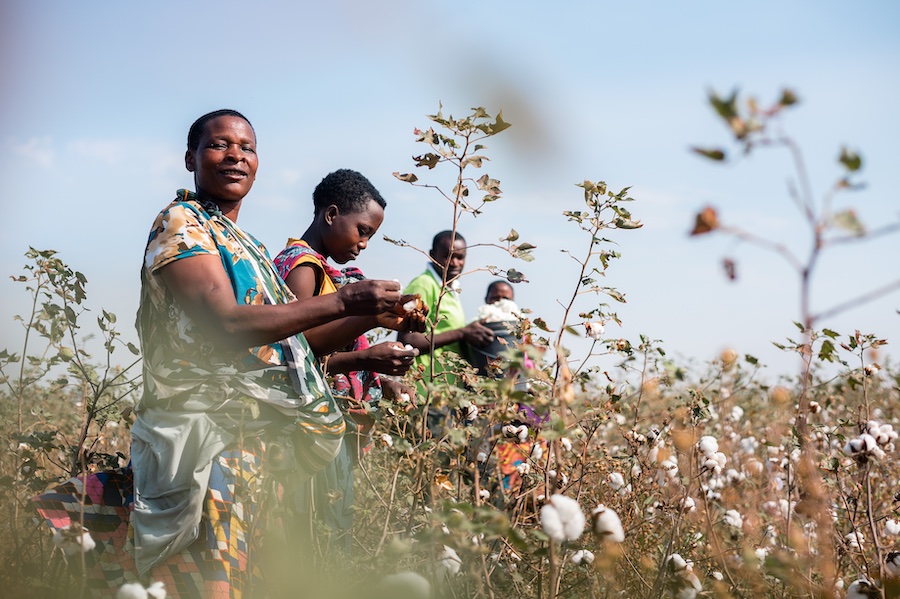#Raw Materials
‘Cotton: Review of the world situation’ tackles policy, tariffs, innovation and zimbabwe’s cotton sector
US Farm Bill: The 2018 Farm Bill marks a significant change in cotton farm policies, from mostly insurance programs to a guaranteed and enhanced safety net and payments based on reference price, similar to the counter-cyclical payments that were in effect under the 2008 Farm Bill. This change will mean a significant increase in support to upland cotton production.
Trade tariffs: Talks between the USA and China are ongoing but there is little consensus on how things are expected to end. World cotton trade is expected to expand by 3.5% in 2018/19. China — one of the world’s top importers — is looking for new markets to source from, while the USA — the world’s largest exporter — is looking for new markets for its fibre. Major trade flows between origins and destinations might be shifting, but overall trade is expected to increase.
Cotton and textile innovation: Many of the new developments introduced by Cotton Incorporated’s Product Development Department revolve around sustainability and performance, because those characteristics are major drivers in the textile space — and are likely to remain front and centre of decision-making for a while.
Zimbabwe’s cotton sector: Cotton is the country’s second most important agricultural export, after tobacco, and the crop supports more than 300,000 farmers — many of them in low-rainfall areas where very few other crops could grow.







canva-900-1.jpg)






